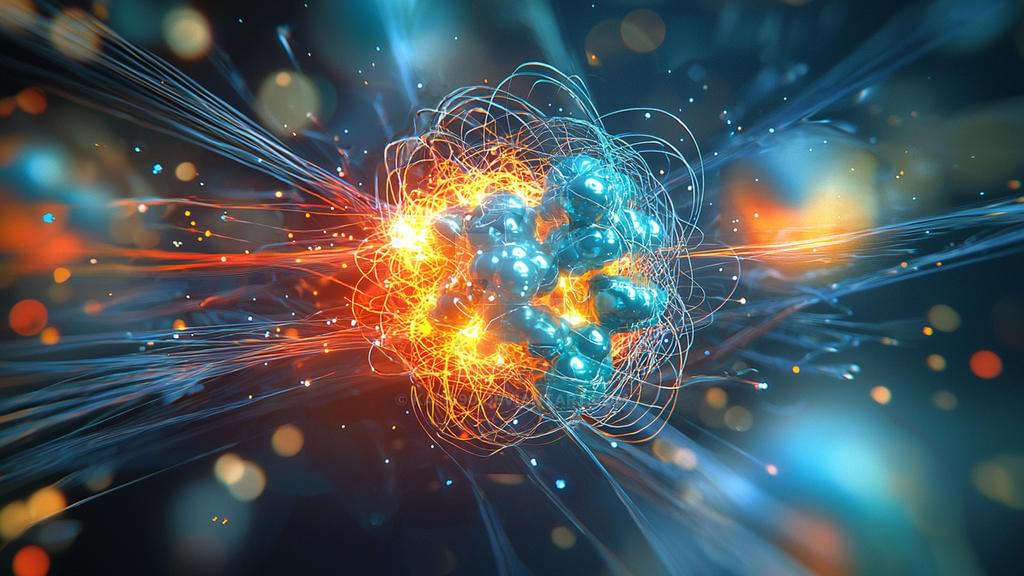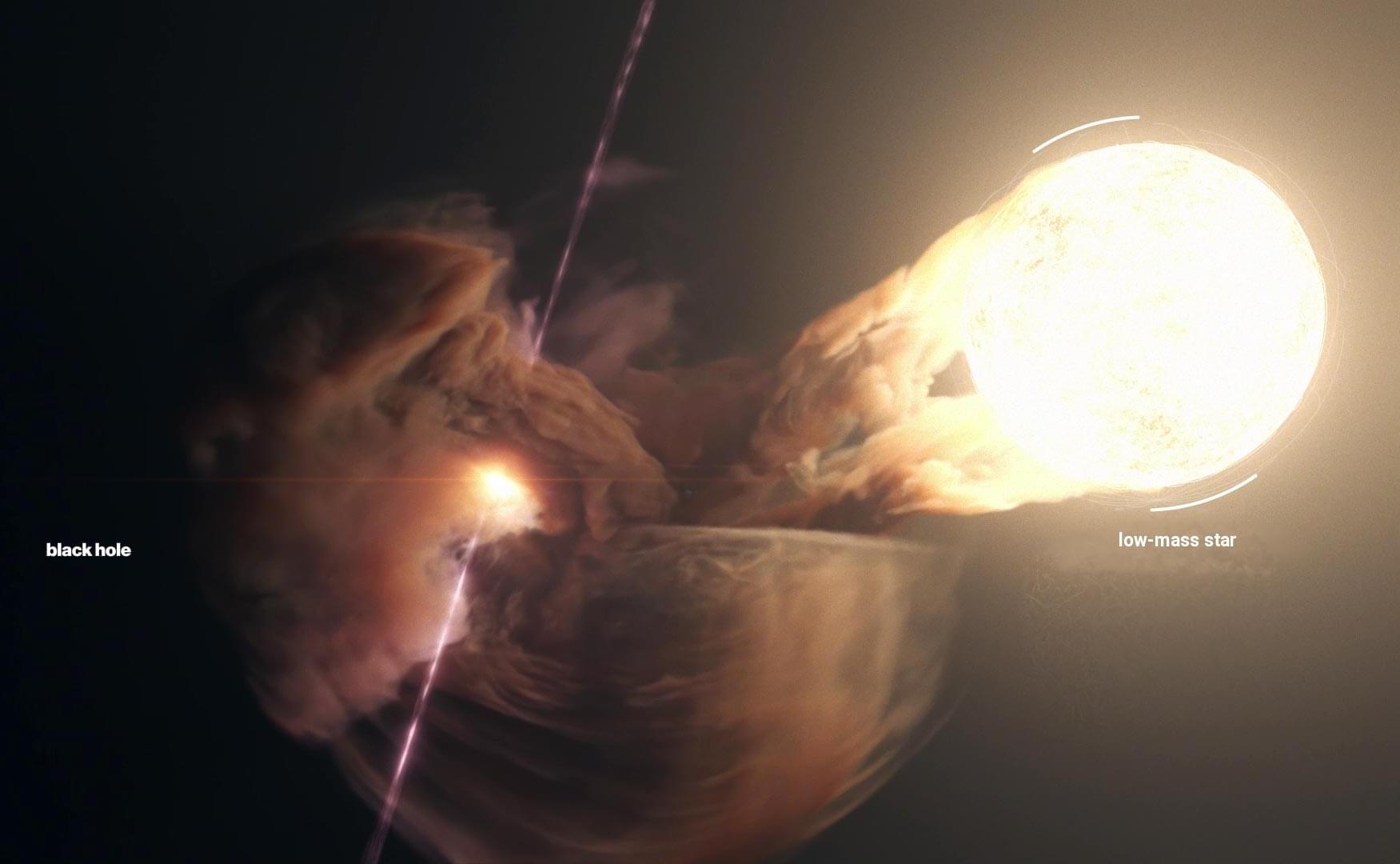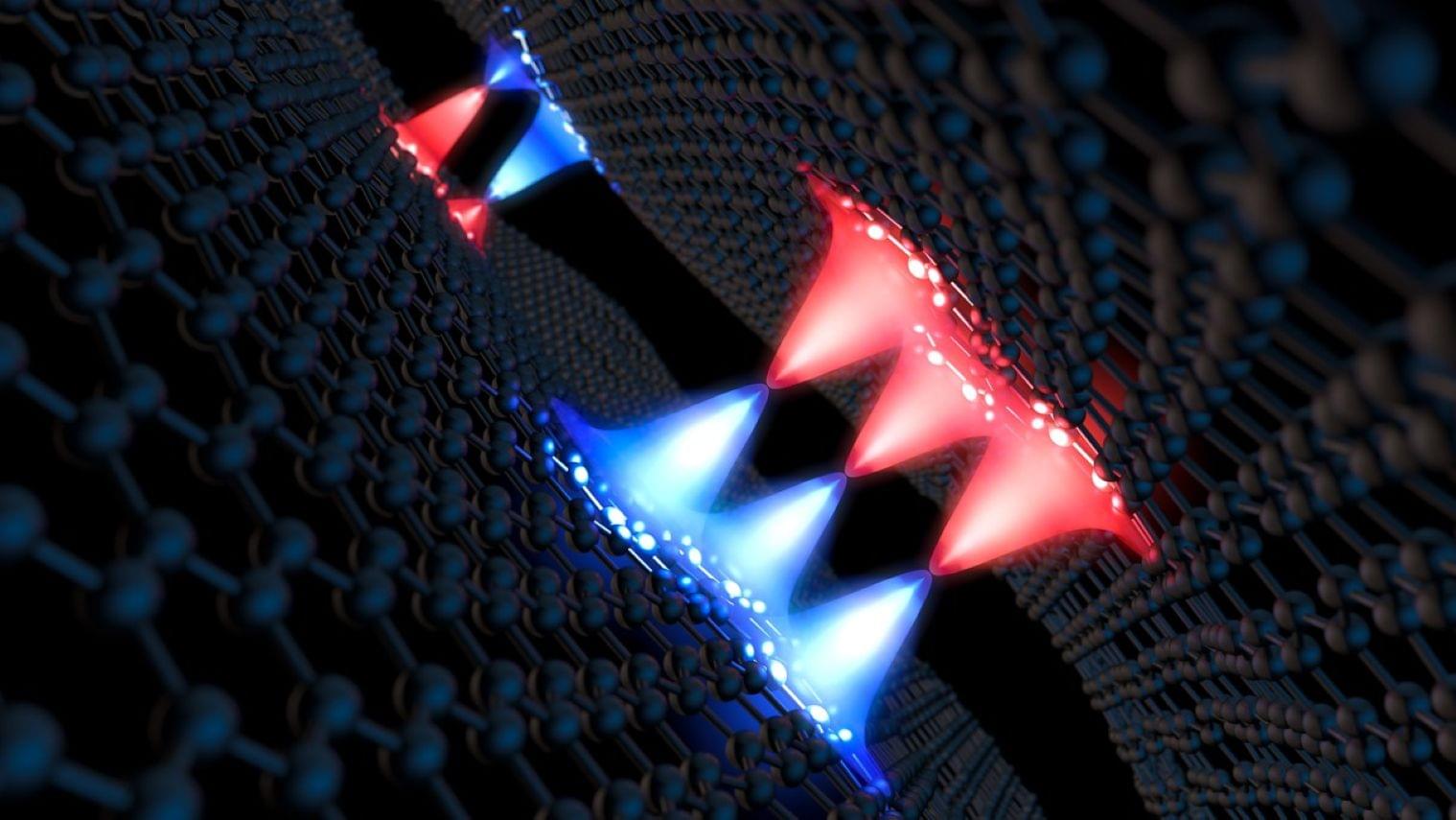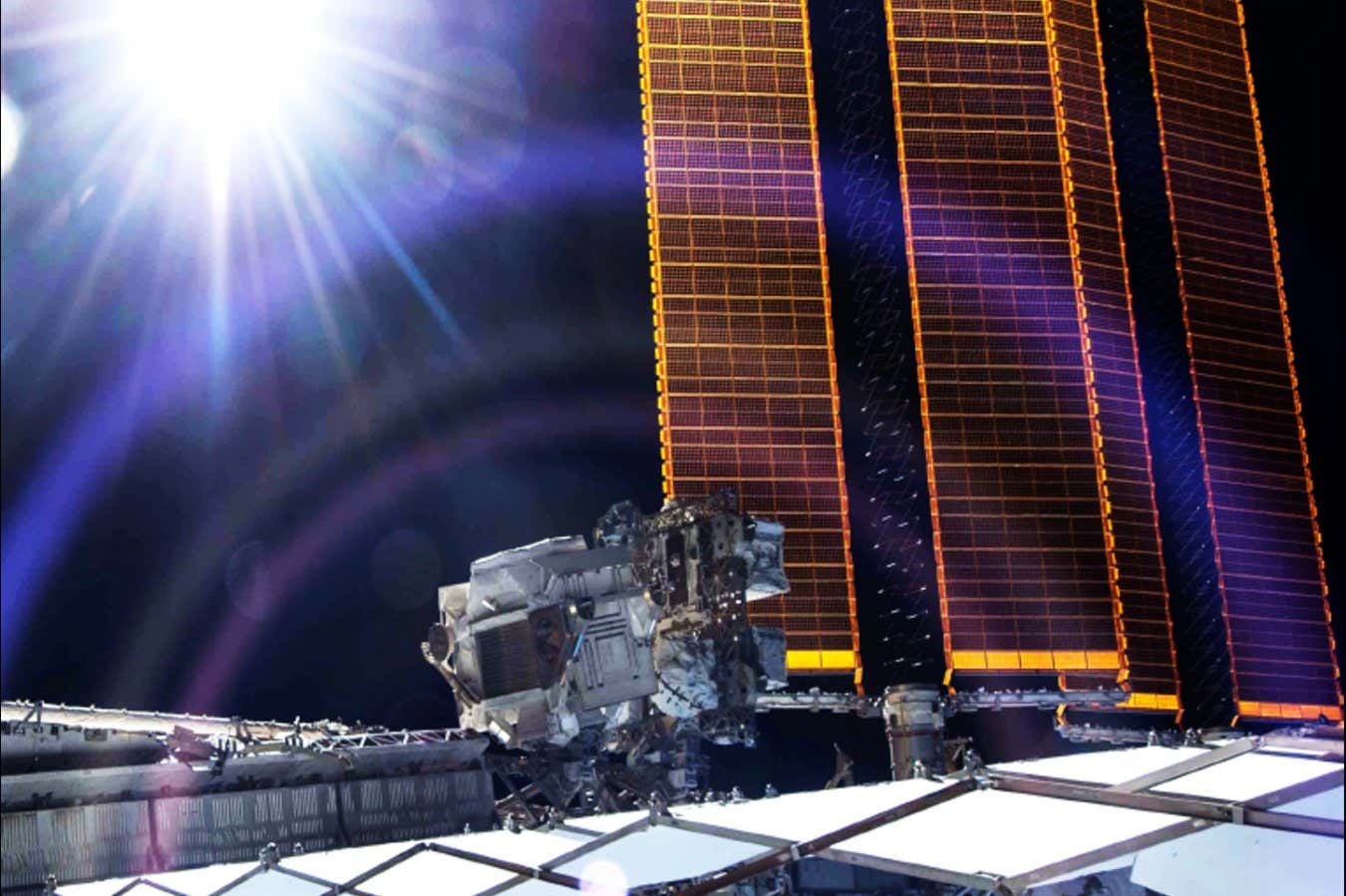Whether you’re a surly gang of bosons or a law abiding fermion, what a perfectly chilly day for keeping cooling Quantums…and who best to talk Quantum coolness than Deutsches Zentrum für Luft-und Raumfahrt (DLR)’s Quantum Queen #LisaWoerner! I cannot FREAKING wait to be talking with her again today on I’m With (Stargate) Genius…live,…if you’re cool enough, that is!
Category: particle physics – Page 137


Interaction of kinetic waves and suprathermal particles could be key to unlocking biggest mystery in heliophysics
A graduate research assistant at The University of Alabama in Huntsville (UAH), a part of The University of Alabama system, has published a paper in the journal Astronomy & Astrophysics that builds on an earlier study to help understand why the solar corona is so hot compared to the surface of the sun itself.
To shed further light on this age-old mystery, Syed Ayaz, a Ph.D. candidate in the UAH Center for Space Plasma and Aeronomic Research (CSPAR), employed a statistical model known as a Kappa distribution to describe the velocity of particles in space plasmas, while incorporating the interaction of suprathermal particles with kinetic Alfvén waves (KAWs).
KAWs are oscillations of the charged particles and magnetic field as they move through the solar plasma, caused by motions in the photosphere, the sun’s outer shell. The waves are a valuable tool for modeling various phenomena in the solar system, including particle acceleration and wave-particle interactions.

Breaking the Simulation Barrier: Skyrmions Spin Into Real-Time Reality
Researchers have devised a method that bridges the gap between simulations and real-world dynamics, paving the way for faster innovation in energy-efficient computing.
Magnetic Whirls: The Future of Data Storage?
Skyrmions are tiny magnetic whirlpools, ranging from nanometers to micrometers in size, that behave like particles and can be easily controlled with electrical currents.


The 100-year-old symmetry theorem that is still changing physics today
Emmy Noether was hailed as a mathematical genius in her own time. And her theorem on symmetry is still driving new discoveries in particle physics and quantum computing today.
By John Gribbin and Mary Gribbin.

Quantum computer’s new insights into how the universe as we know it could collapse
Quantum field theory suggests that the very structure of the universe could change, altering cosmos as we know it. A new quantum machine might help probe this elusive phenomenon, while also helping improve quantum computers.
Nearly 50 years ago, quantum field theory researchers proposed that the universe exists in a “false vacuum”. This would mean that the stable appearance of the cosmos and its physical laws might be on the verge of collapse. The universe, according to this theory, could be transitioning to a “true vacuum” state.
The theory comes from predictions about the behaviour of the Higgs field associated with the Higgs boson, which Cosmos first looked at nearly a decade ago – the article is worth reading.


Most detailed survey of particles around the sun reveals new mysteries
More than a decade of data about the particles zipping around our sun could be used to solve many mysteries, from the behaviour of individual particles to the history of our solar system – while raising new questions.
